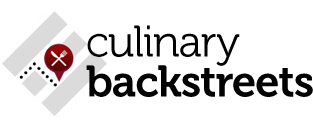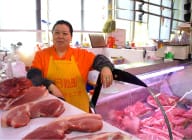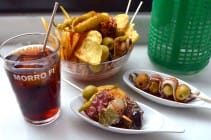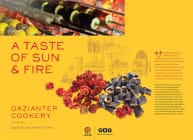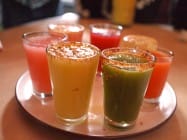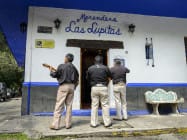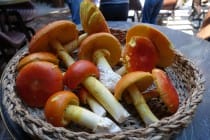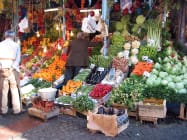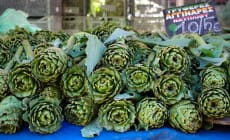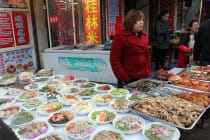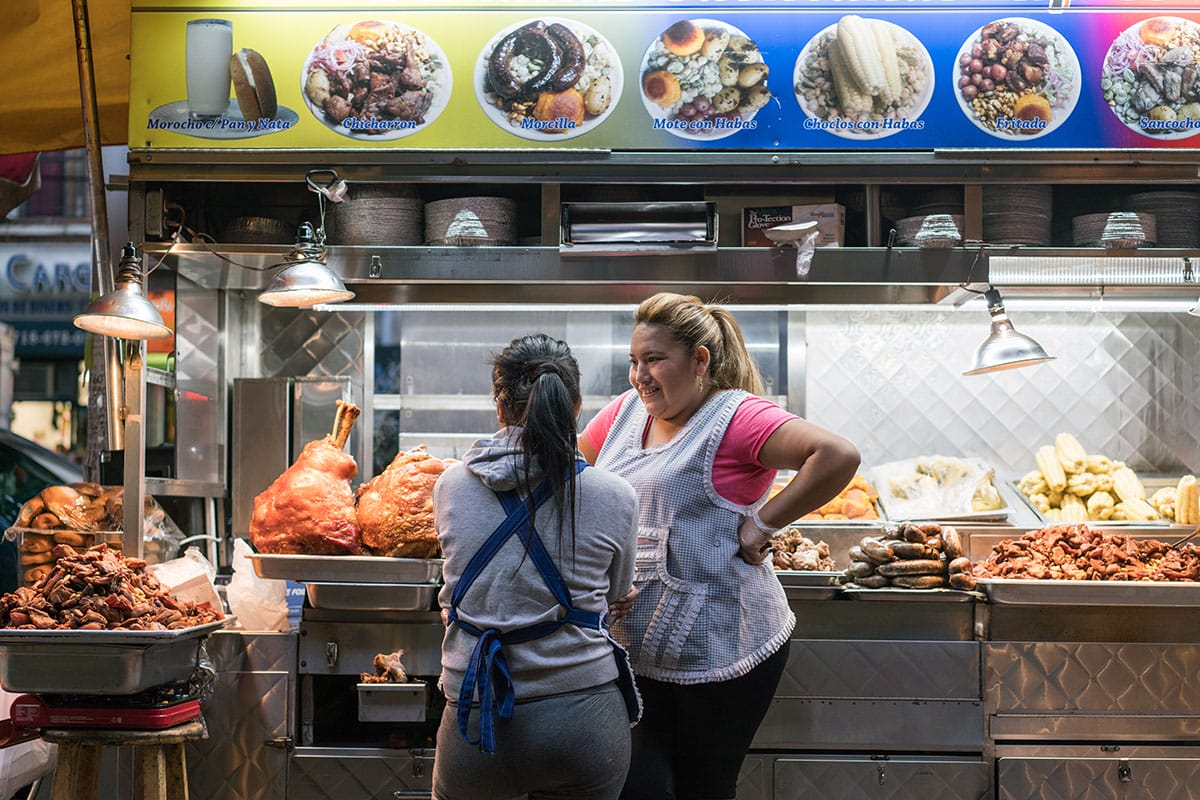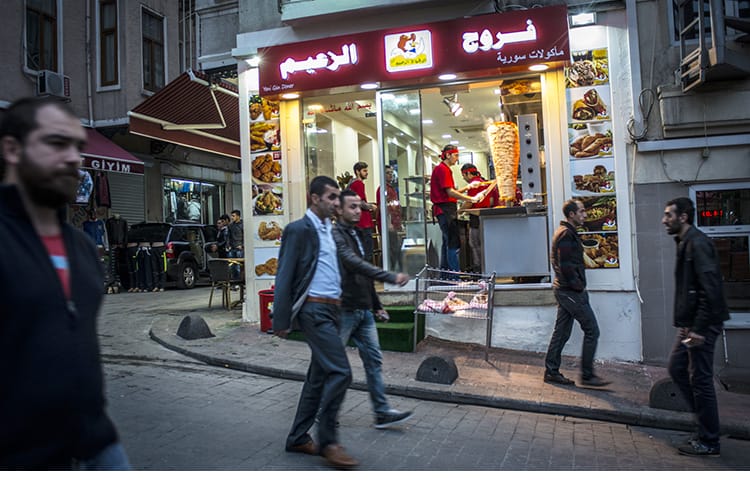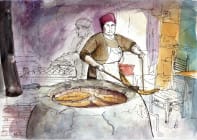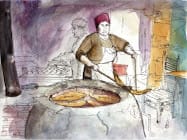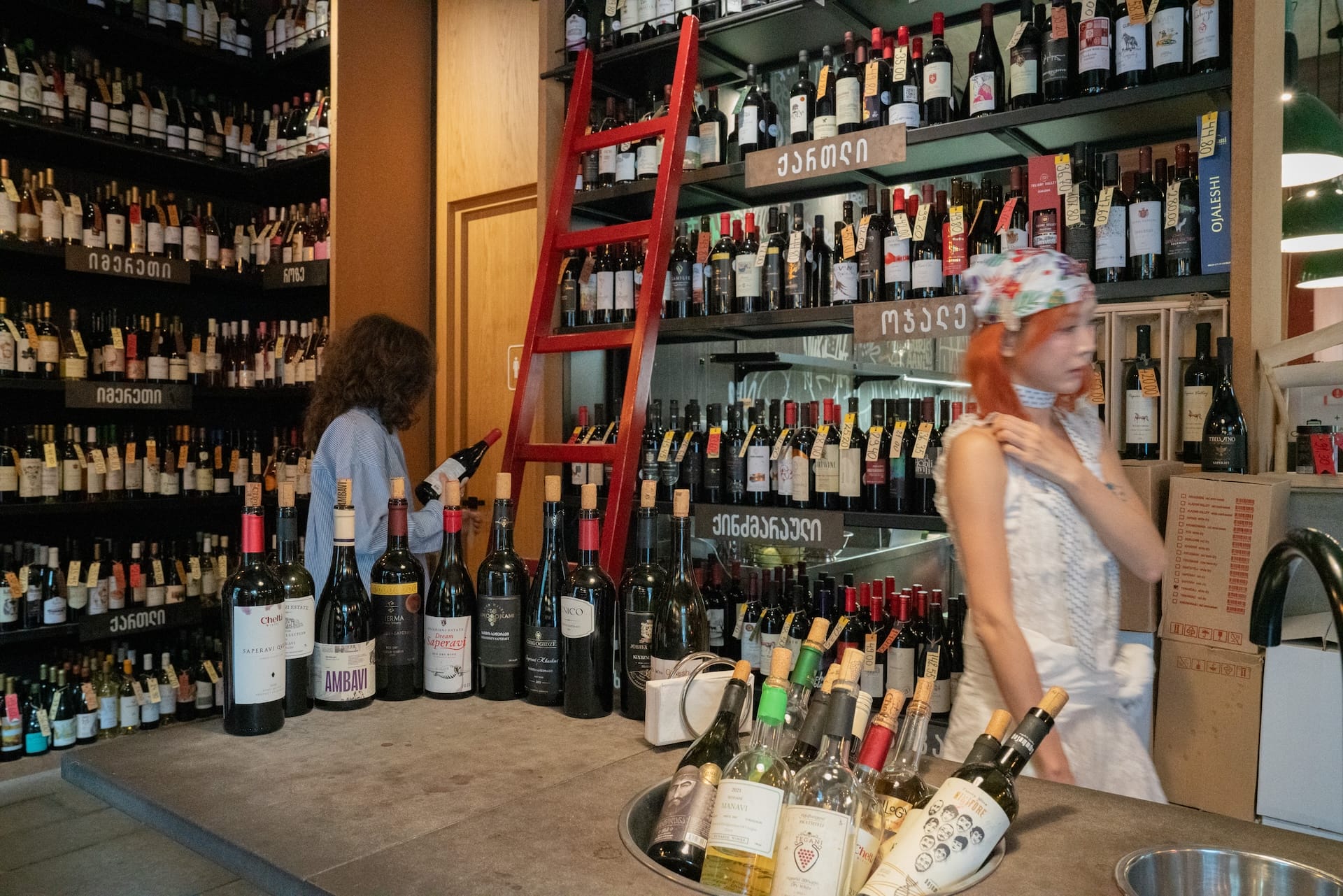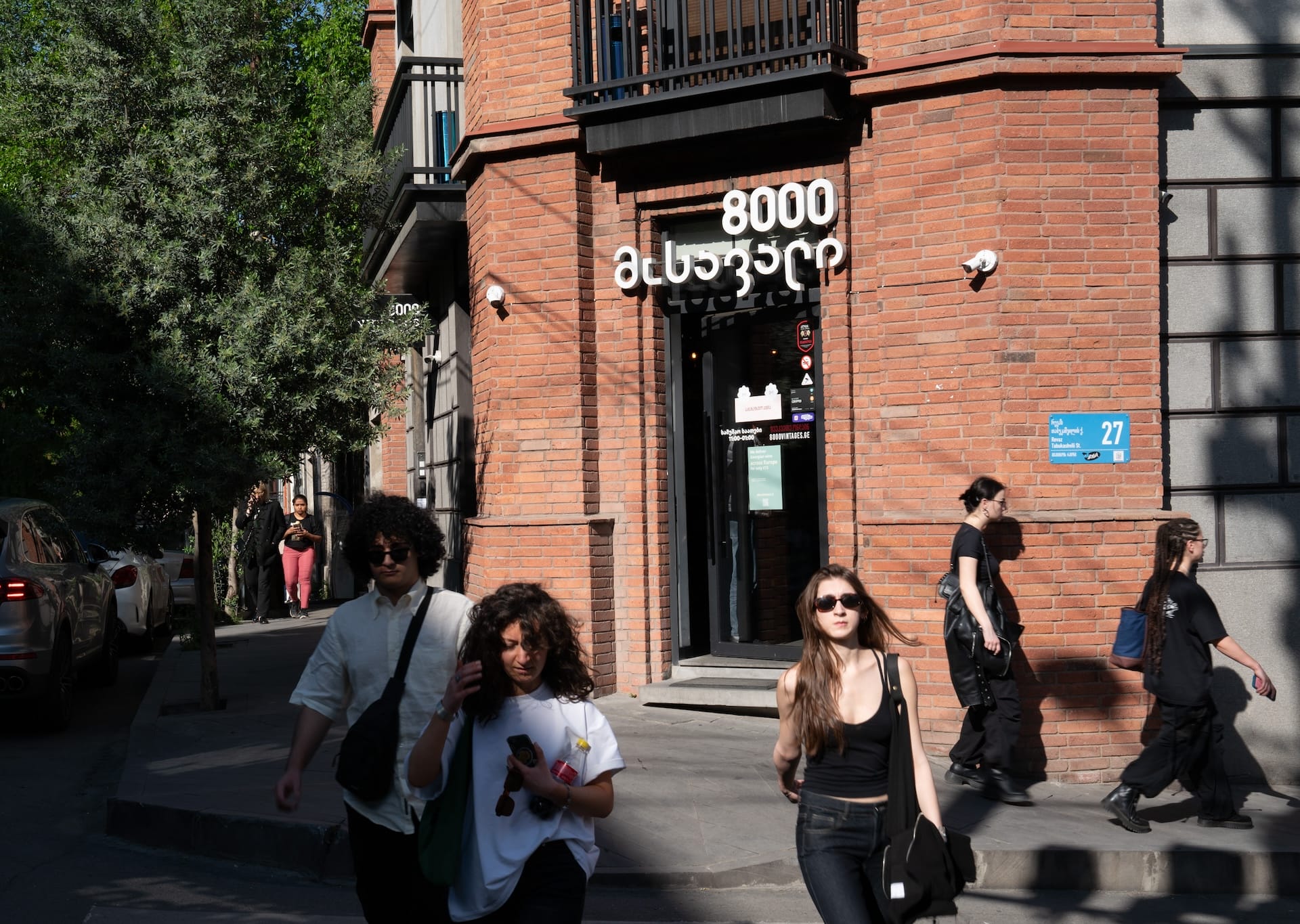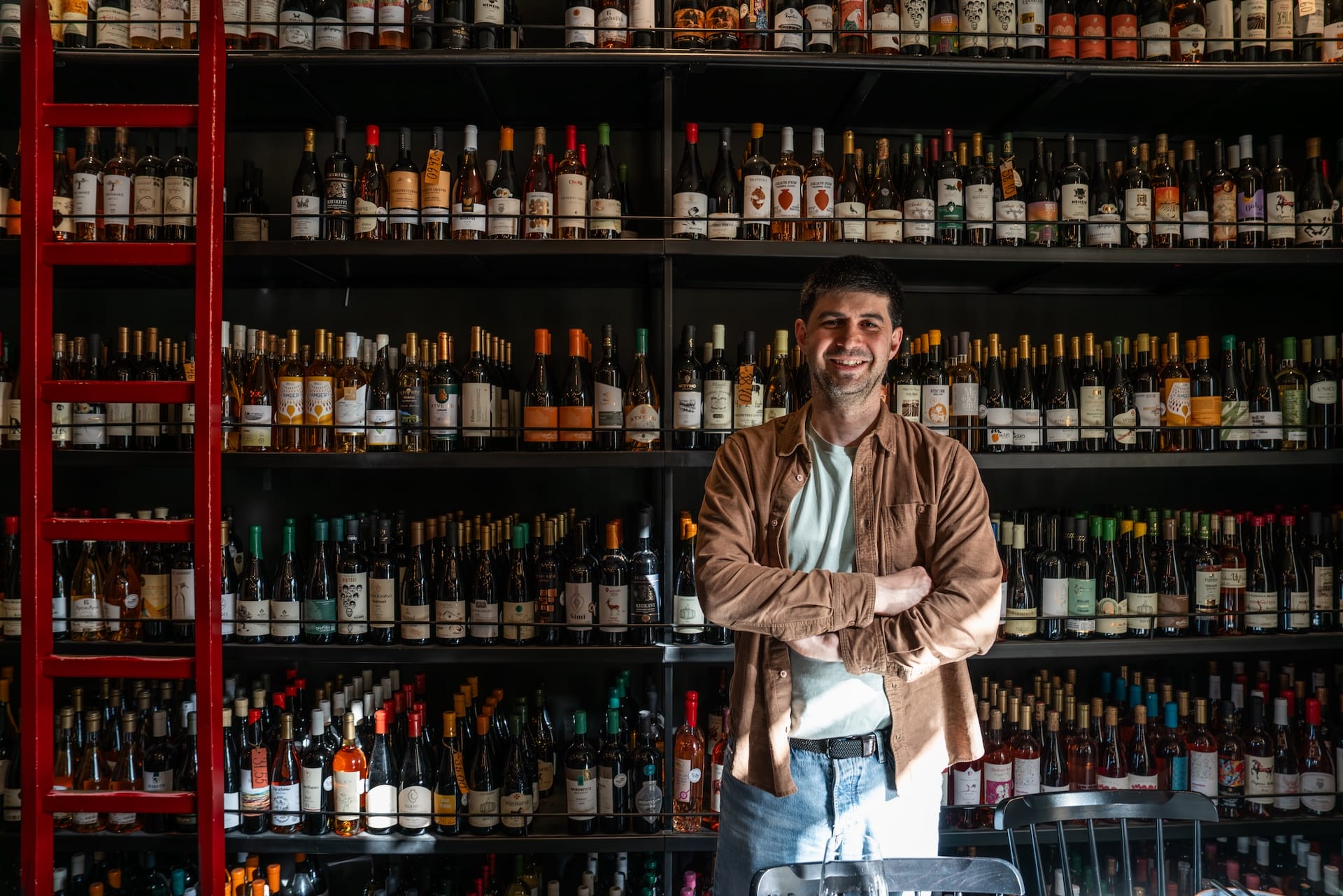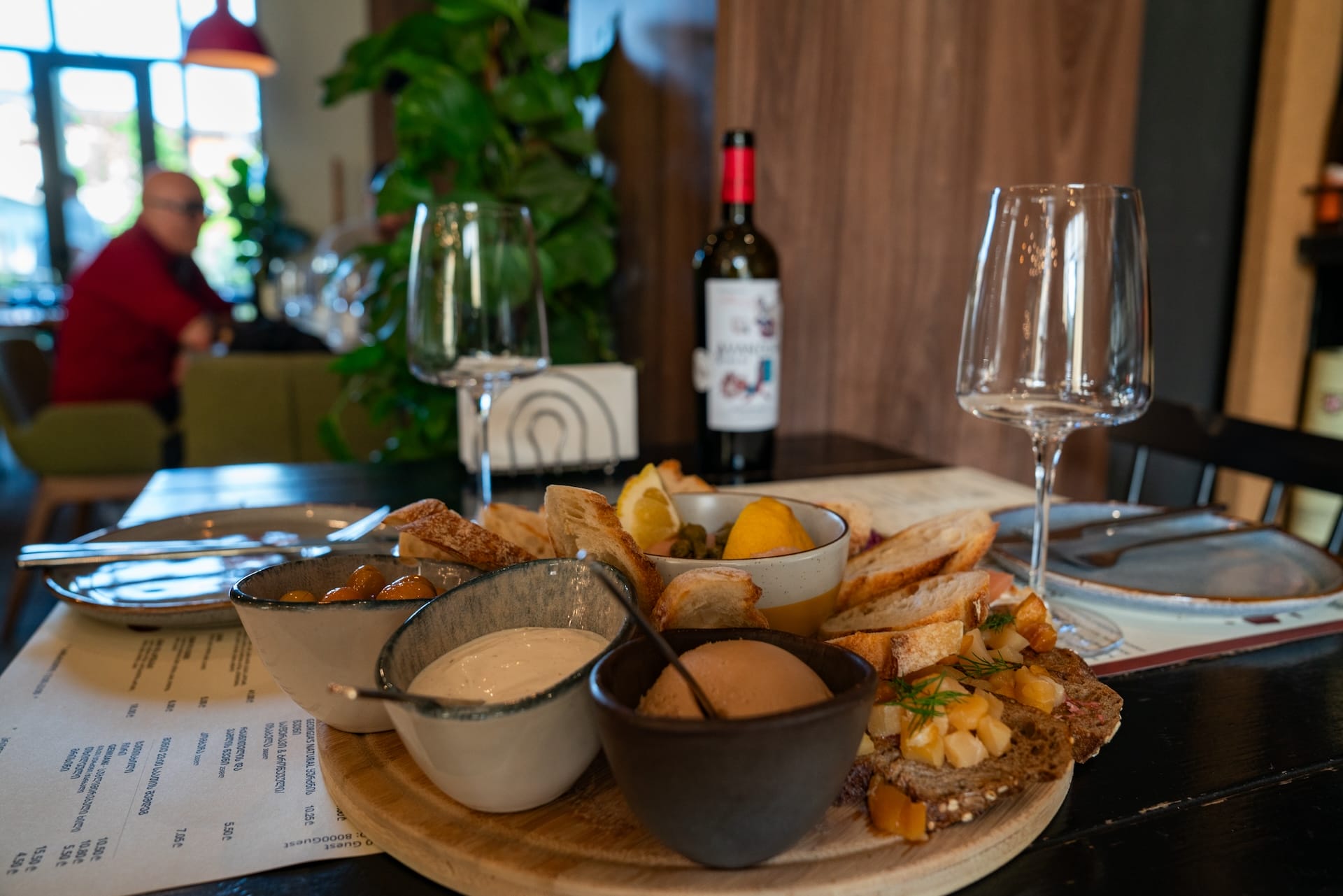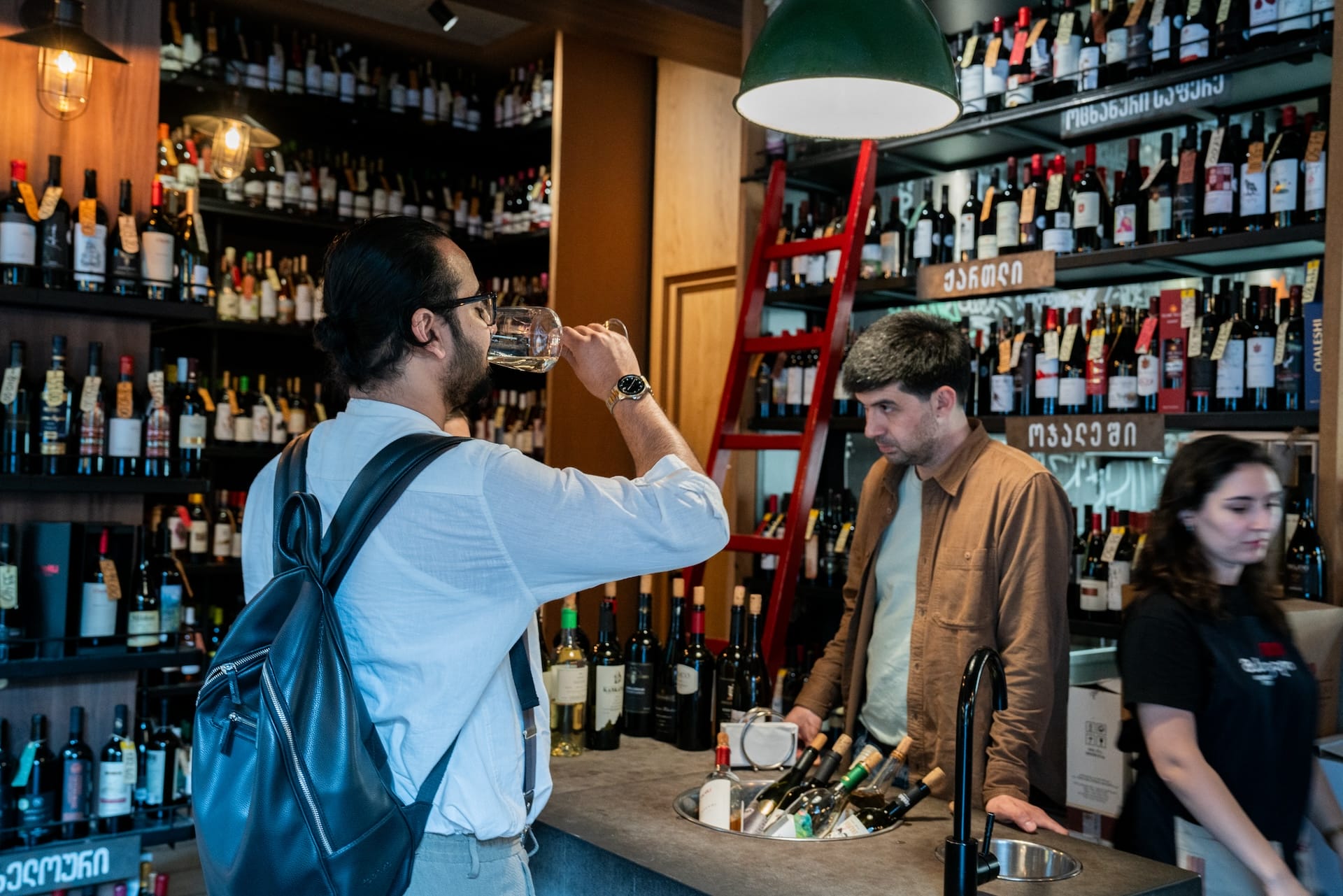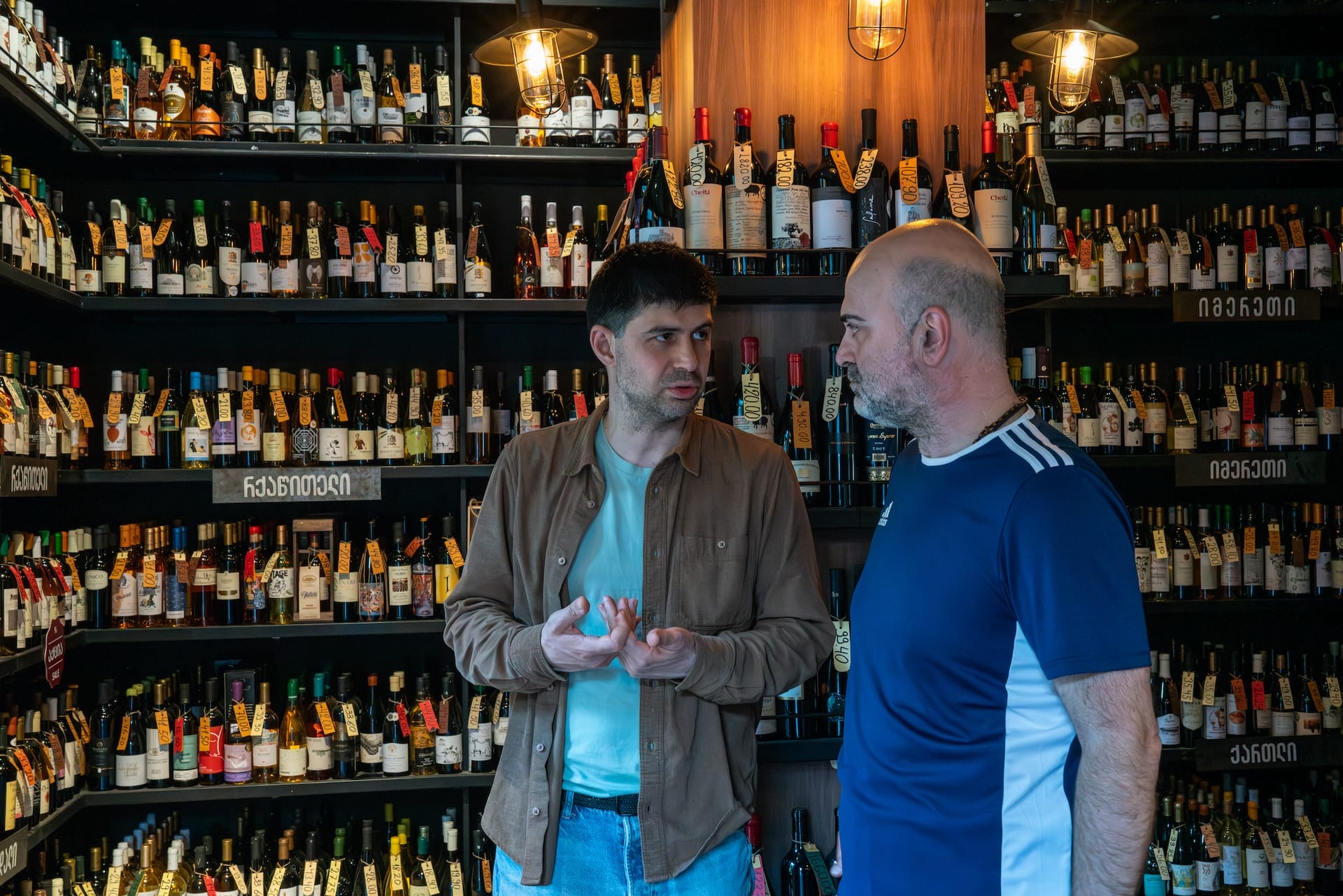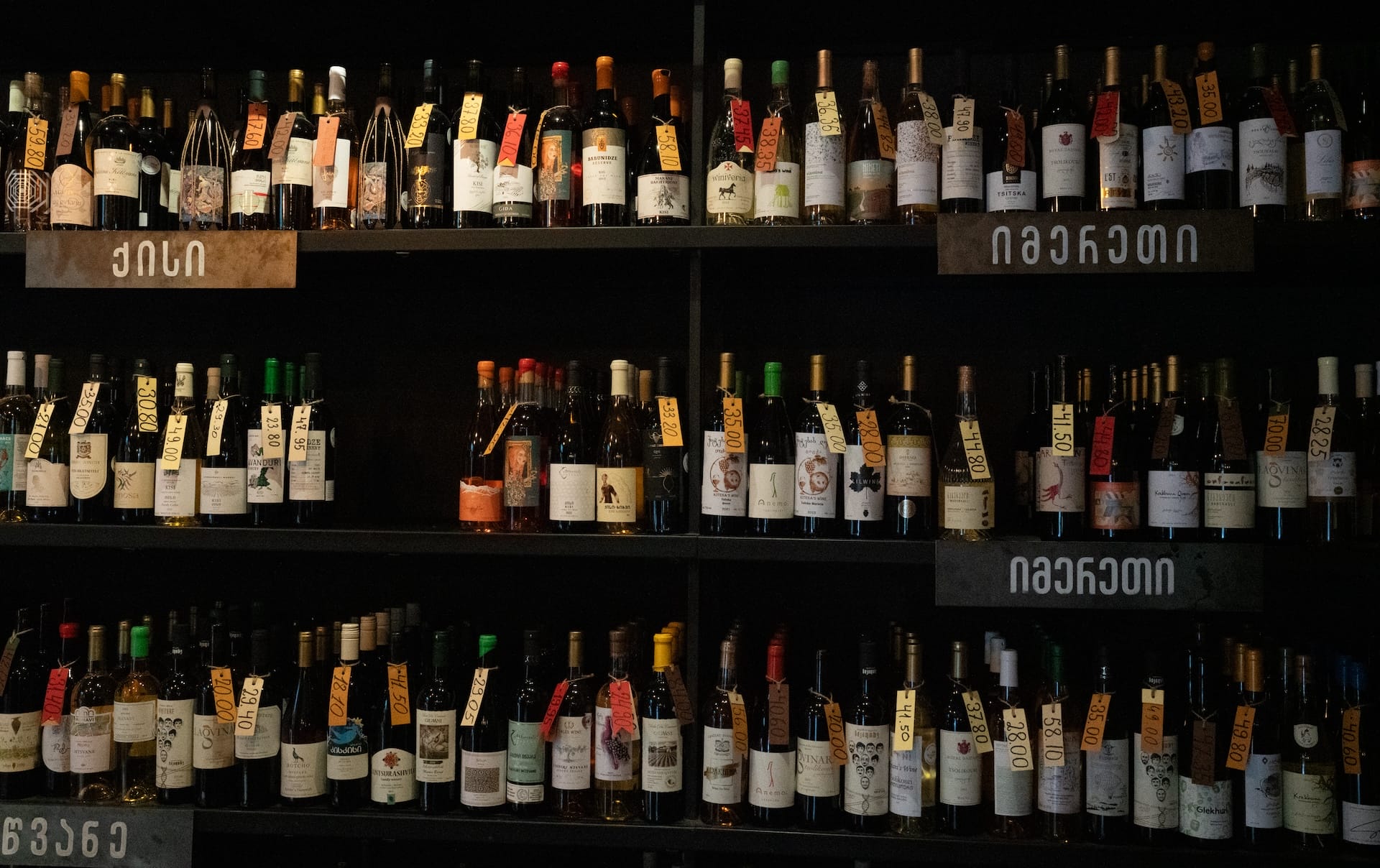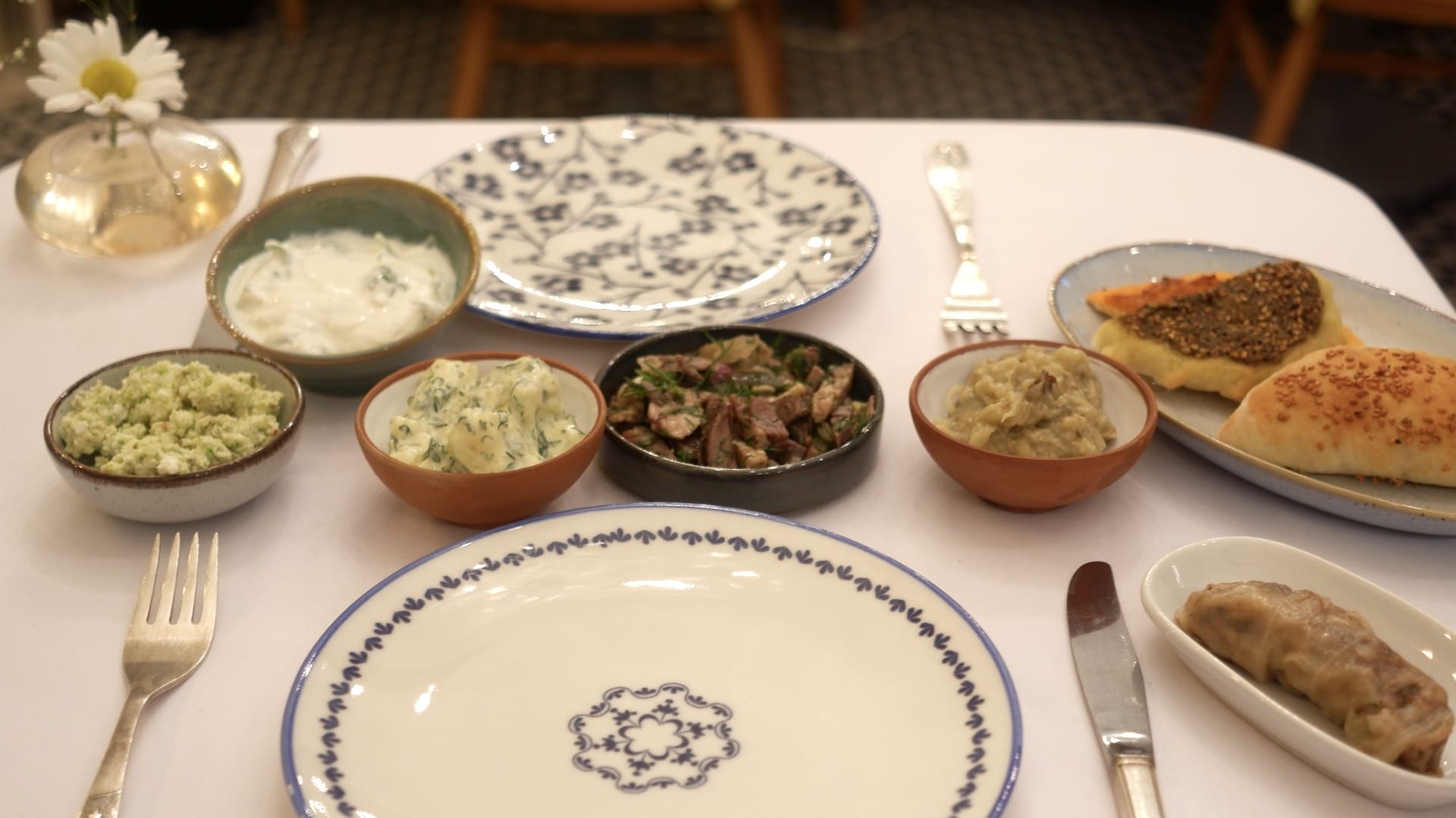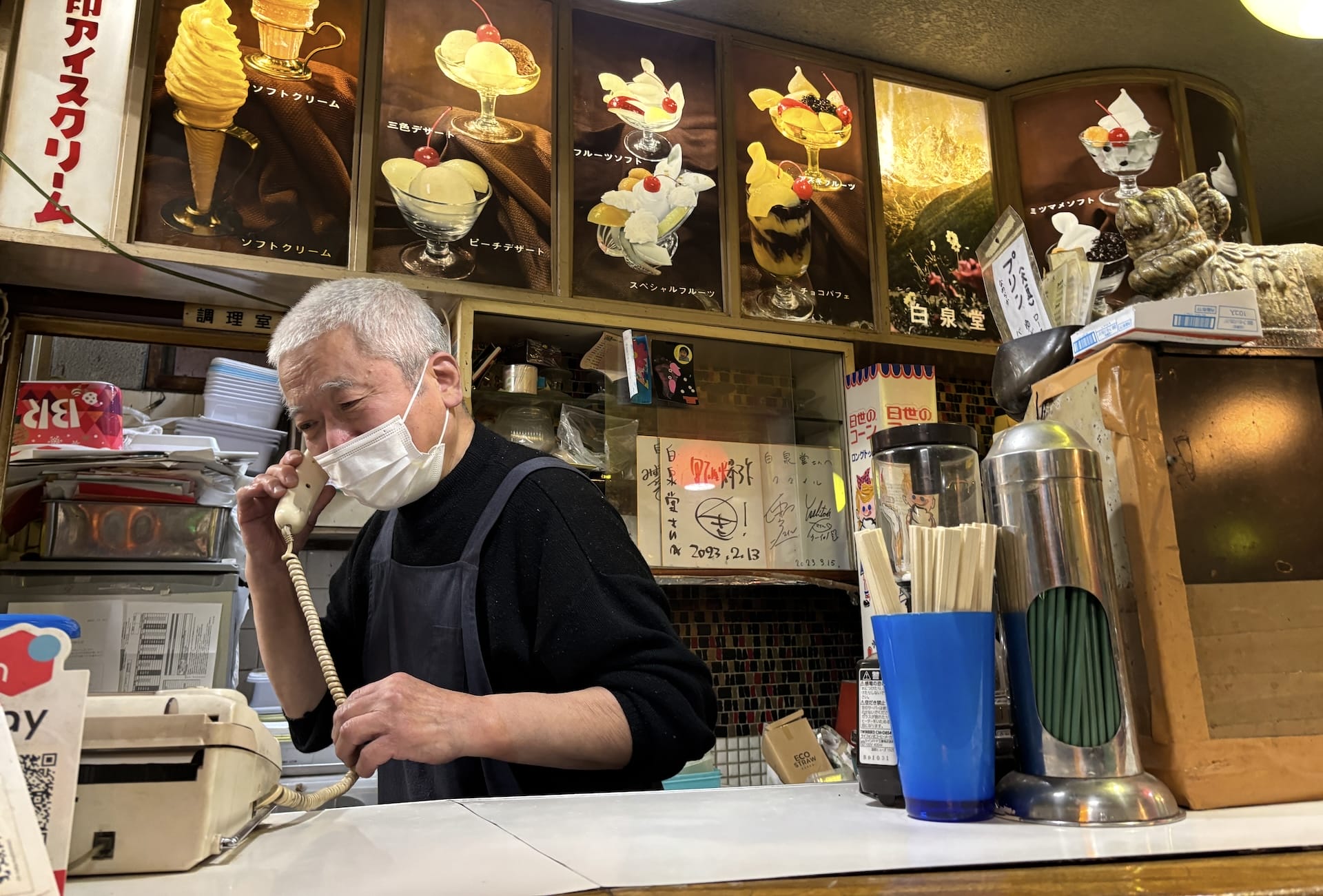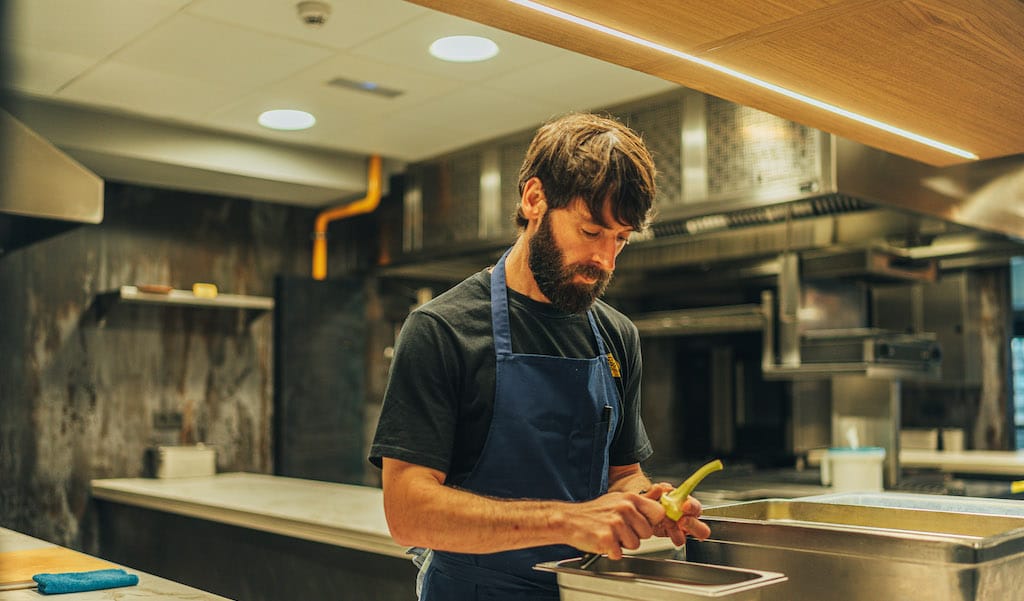When Tbilisi wine enthusiast Irakli Chkhaidze first pitched his unconventional business idea over a decade ago – a wine store where customers could drink bottles at retail price rather than marked-up bar prices – his entrepreneurial friends dismissed it as unworkable. After all, most wine bars derived their profits from significant markups on alcoholic beverages. Moreover, at the time, many locals showed greater interest in foreign wines than local varieties, having easy access to family-made Georgian wines.
Yet the former economist remained adamant. “I had no money, but I realized I had to do it myself,” says the now-42-year-old. Describing himself as “familiar with figures but hating figures,” he abandoned his managerial position at one of Georgia’s largest pharmaceutical companies to pursue an MBA in Food and Wine in Bologna, Italy.
Returning to Tbilisi in 2014, Irakli actively courted investors, finally launching 8000 Vintages in 2016. His vision has paid off: the concept store has since evolved into one of Tbilisi’s most popular wine chains, boasting five locations in Georgia and a recent international debut in Berlin.
“The core idea was to make Georgian wine accessible to everyone, starting with Georgians themselves,” says Irakli, which prompted his decision to launch 8000 Vintages’s flagship store on a bustling street in Saburtalo – a mixed residential neighborhood where tourists rarely venture.
When Irakli conceived this idea, Georgian wine was beginning to gain recognition among international connoisseurs. Its profile received a significant boost in 2013 when notable sommelier Mads Kleppe introduced Georgian selections to the wine list at Copenhagen’s renowned restaurant noma. However, many Georgians remained largely unfamiliar with their homegrown wines and the diverse indigenous regional grapes from which they were crafted. While wine bars dedicated to natural Georgian wines – like the pioneering Vino Underground, established in 2012 – already existed, alongside hundreds of wine shops and bars across Tbilisi, most clustered around the old quarters, capitalizing on tourist footfall.
So, when 8000 Vintages opened its doors in a commercial district with no comparable competitor around, its sleek, modern-industrial décor with open rows of wine bottles stacked to the ceiling like a veritable wine library was an instant hit with young Georgian professionals. Apart from the affordability of drinking wines at retail price compared to at a restaurant, the wide range and selection of over 2000 different wines from 500 winemakers across the country also meant there was plenty to discover.
While none of the 8000 Vintages stores have kitchens, assorted charcuterie boards with a variety of cheeses, cold cuts, dips and preserves meant guests could linger for hours sampling different bottles. Word quickly spread and very soon residents from different districts – ourselves included – were trekking across town to experience this innovative space.
“It was all very organic,” says Irakli, who confesses he hadn’t anticipated such rapid expansion. Building on the momentum of the successful launch, more stores quickly followed in other Tbilisi neighborhoods, including an outpost on Tabukashvili street just off Rustaveli Avenue, our location of choice. Being the closest to the old quarter of Tbilisi, the place is constantly bustling with customers, aided by a generous tasting corner that draws people in.
Although more selective wine stores exist in Tbilisi, 8000 Vintages’s primary attraction lies in their vast collection of curated wines, accommodating all budgets and tastes. Each bottle undergoes strict blind tasting by an independent panel of Georgian sommeliers and wine experts in regular selection processes. Winemakers across the country, large and small, submit wines monthly, with only about one-third making it to the shelves.
This democratic selection process means wines from major industrial producers rub shoulders with smaller winemakers, creating a range spanning from several dollars to much higher price points. The vast selection can seem overwhelming, but the stores are also designed to facilitate ample browsing time. Wines from Kakheti, the dominant wine producing region, are arranged according to varieties on separate shelves, while wines from smaller regions and different terroirs like Imereti, Kartli, or Racha have their own dedicated rows.
Irakli shares an insider tip for understanding the shop’s bottle price labels, originally designed to help staff serve customers efficiently: dark-colored labels indicate traditional qvevri-fermented wines, while light-colored labels denote classic steel tank fermentation. Green labels identify organically produced and natural wines, and rounded labels mark red wines finished in oak barrels.
For those unable to visit 8000 Vintages in person, their excellent online store catalogs every wine in their collection, regularly offering sales. European residents can also now order Georgian wines from the Berlin store with delivery across Europe for just 15 euros – a unbeatable proposition.
From its backstreets, local origins, 8000 Vintages is intent on going global to fulfill its mission of making Georgian wine accessible to everyone, everywhere.
Published on July 10, 2025

